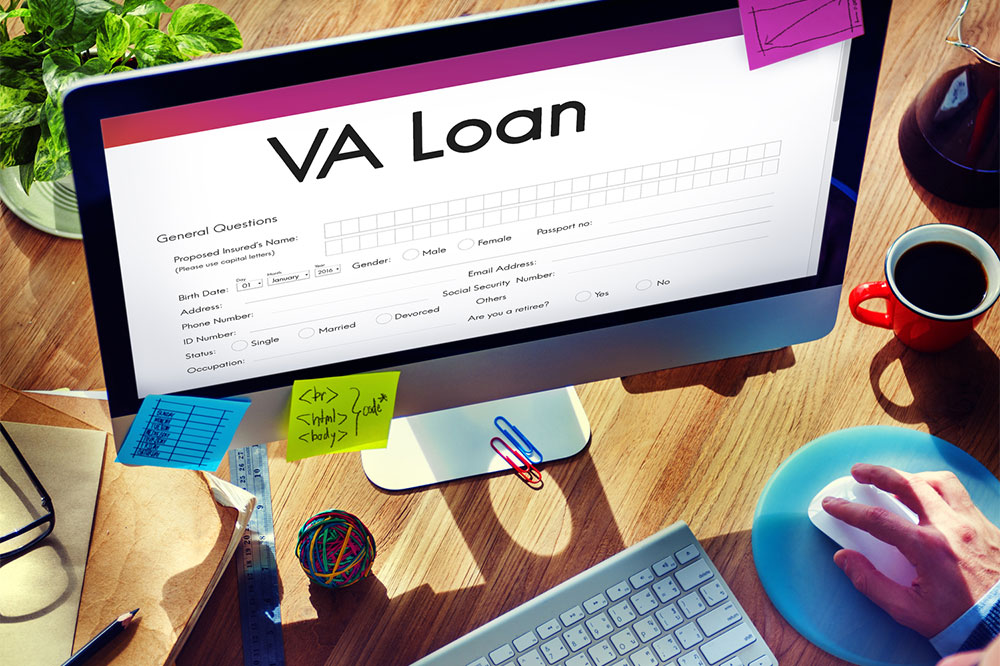
What is veteran refinancing and how does it work
The United States Department Of Veteran Affairs (or the VA) provides mortgages and loans to veterans, military men, and their families. How do people qualify, what kind of terms do they have to follow for mortgages, what portion of the loan must be guaranteed by the VA department- all of this is determined by the VA. On the other hand, the loan is furnished by private lenders like banks and other financial institutions.
Veterans refinance comes into use if you are a veteran and already have a VA-backed home loan. Before we take a deeper look into it, let’s understand what benefits are available to veteran borrowers:
- No down payments are needed unless they are laid out as mandatory by the lender
- Borrowers don’t need private mortgage insurance
- There are no closing costs, and in some cases, they might be paid by the seller
- Borrowers also are free from any prepayment penalty from paying off the loan early
- The VA provides assistance to help borrowers avoid defaults
The VA also helps with veterans refinance, wherein borrowers can either utilize their home equity to draw out more cash for other purposes or reduce their monthly mortgages and switch over to a new loan with new terms. There are three ways that veterans can refinance their loans.
Interest Rate Reduction Refinance Loan
An Interest Rate Reduction Refinance Loan (IRRRL) is also called a streamline loan. It can help reduce the monthly mortgage amount by helping borrowers with a lower interest rate. Moreover, it can also help stabilize your payments by allowing you to choose a fixed rate of interest over a variable rate. The streamline loan requires barely any paperwork and does not even require you to submit a credit report. Hence, the name streamline.
Please note that you can only refinance an existing VA-backed loan through the IRRRL. You also might want to take into account the closing costs of the old loan and talk to your lender about how you would like to pay for them. A cost-benefit analysis between what you gain through reduced interest rates and the cost of closing your loan might be able to reveal whether refinance indeed is a suitable option.
Cash-out refinance loan
With a cash-out refinance loan, borrowers can replace their existing loan with a new one and have new terms in place. In other words, if you’re looking to use your existing home mortgage to obtain cash or even if you want to refinance a non-VA loan to a VA-backed loan, then this is the way out for you.
You can use the extra cash to pay for school, make home improvements, or even buy something.
Once you have decided to proceed with the veterans refinance, you can approach a lender, who will take a look at your existing terms and other details. Typically, if you have your Certificate of Eligibility (COE), you are good to go. In addition to the COE, you might be needed to submit a few more documents for the new loan. These are your most recent paycheck stubs (last 30 days), W2 forms, and your federal income tax returns- both for the last two years.
The lender usually makes another appraisal or expert assessment of your home and decides on the amount of cash to be disbursed. Usually, veterans refinance providers will allow for 90% of the appraised amount to be cashed out. So, if you currently owe $50,000 and the appraised amount is $100,000, you are eligible to receive the difference between $90,000 and $50,000, minus any closing costs associated with the previous loan.




